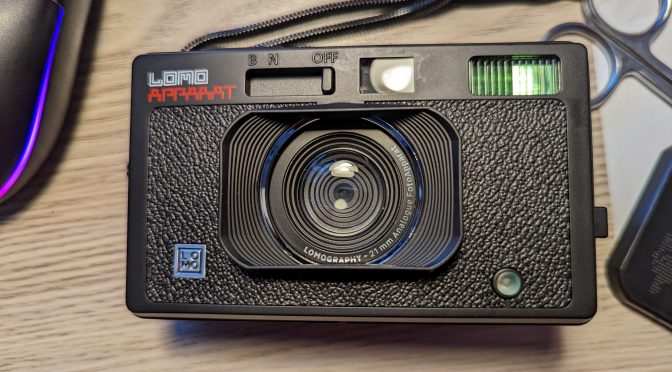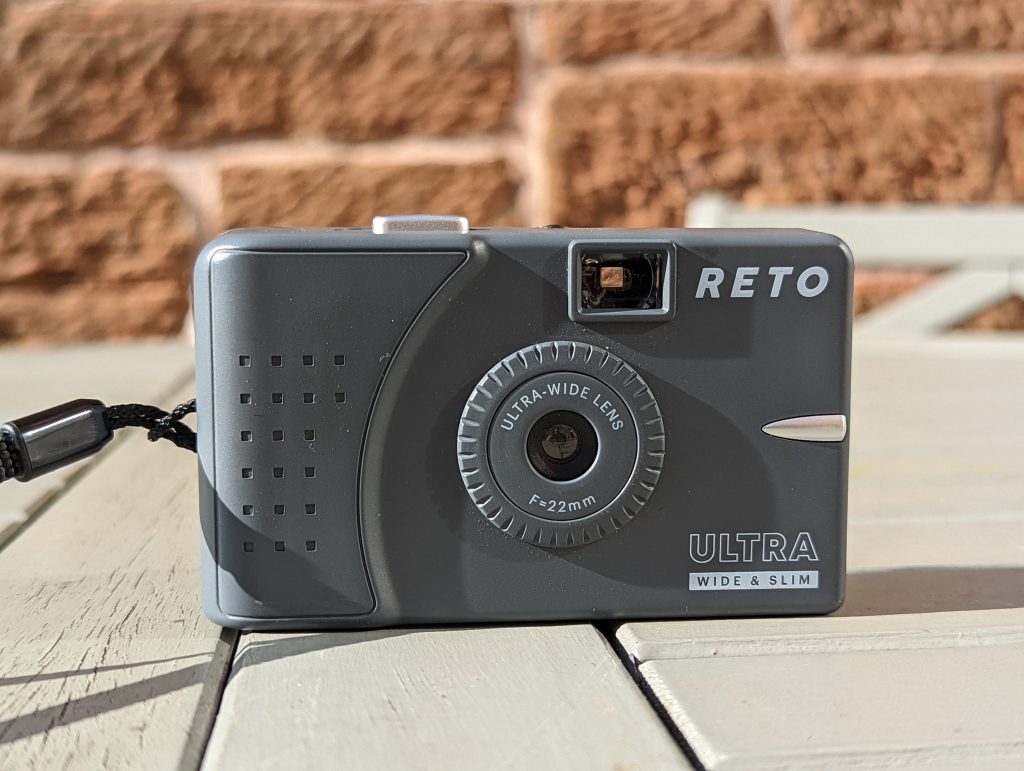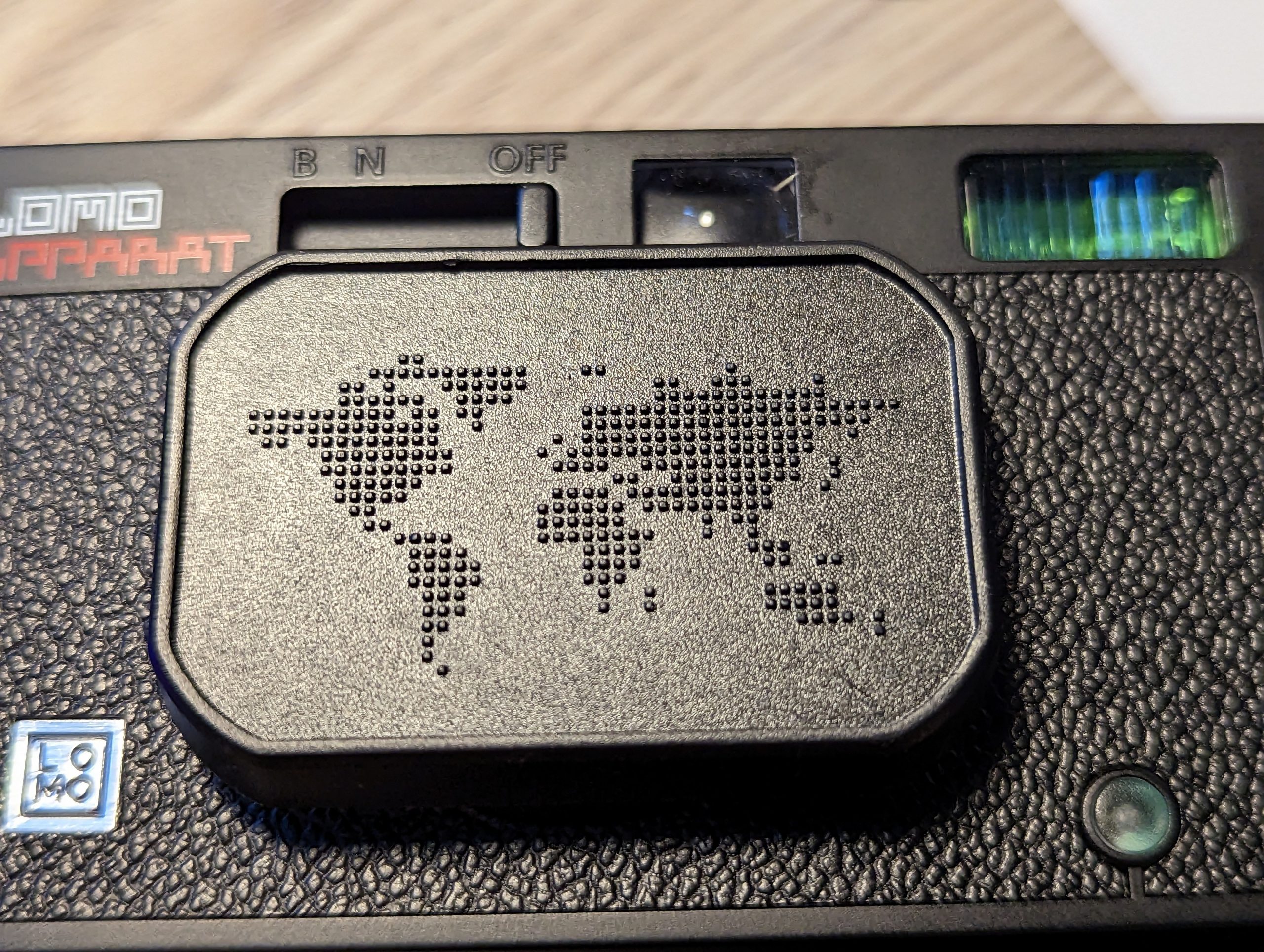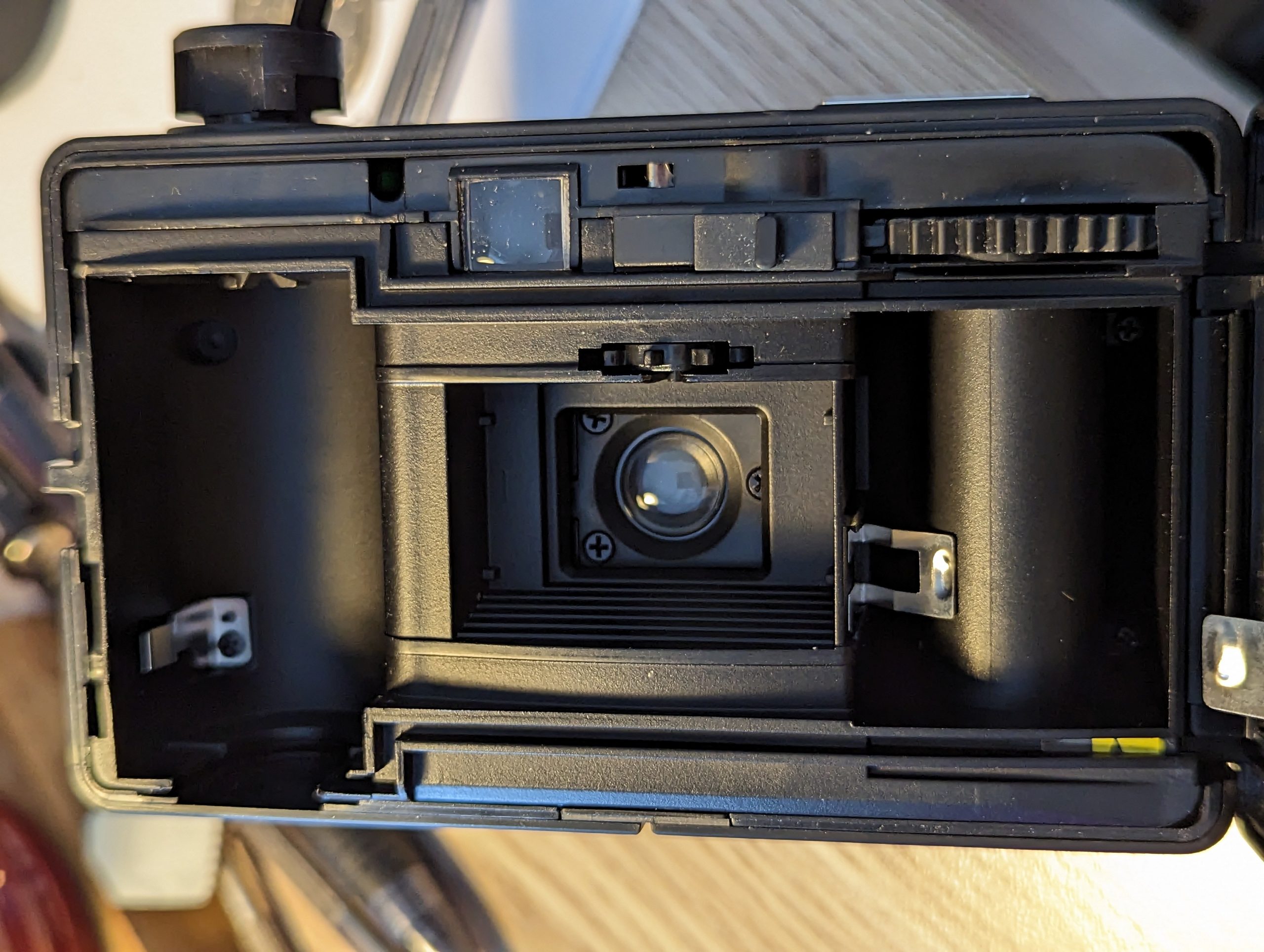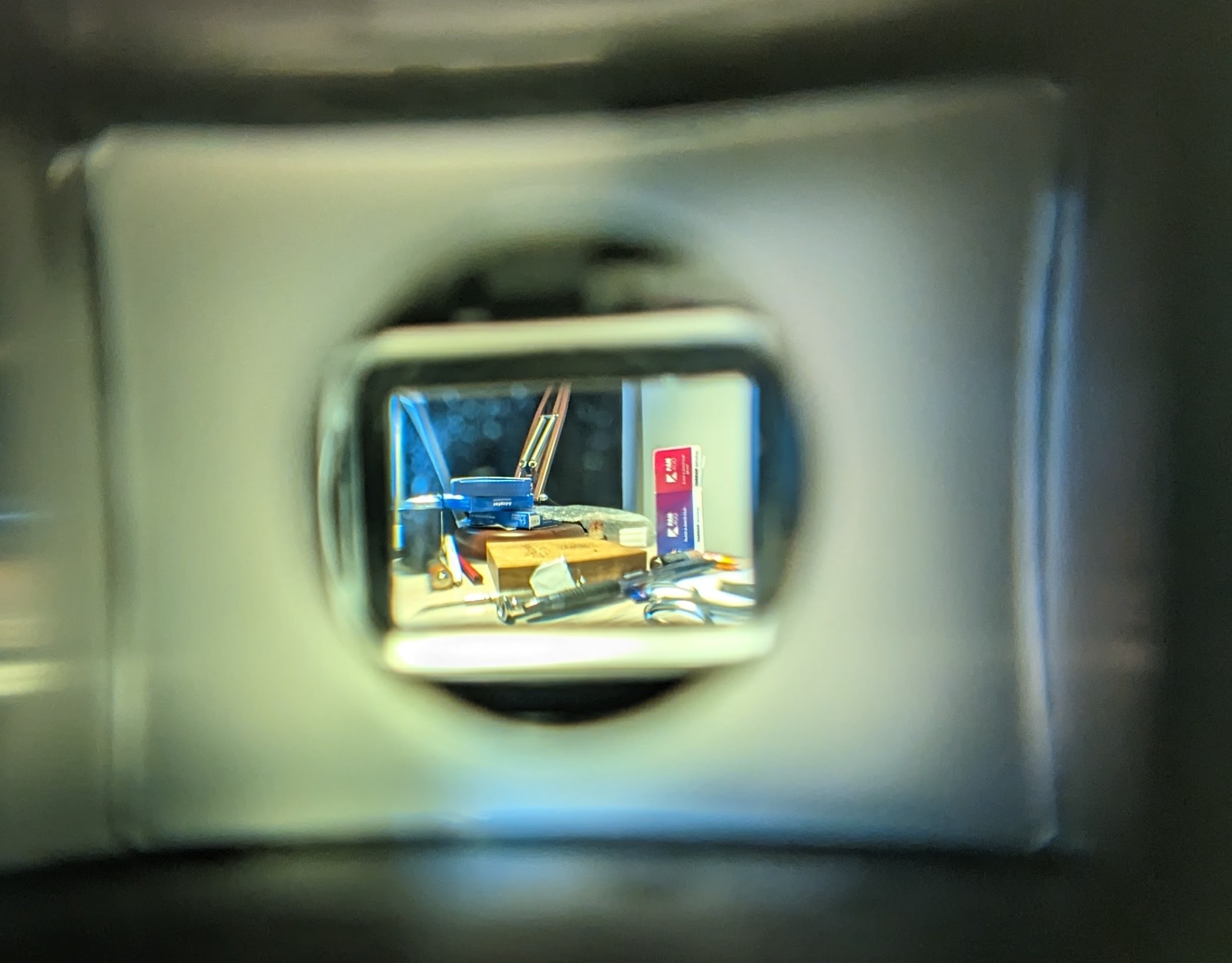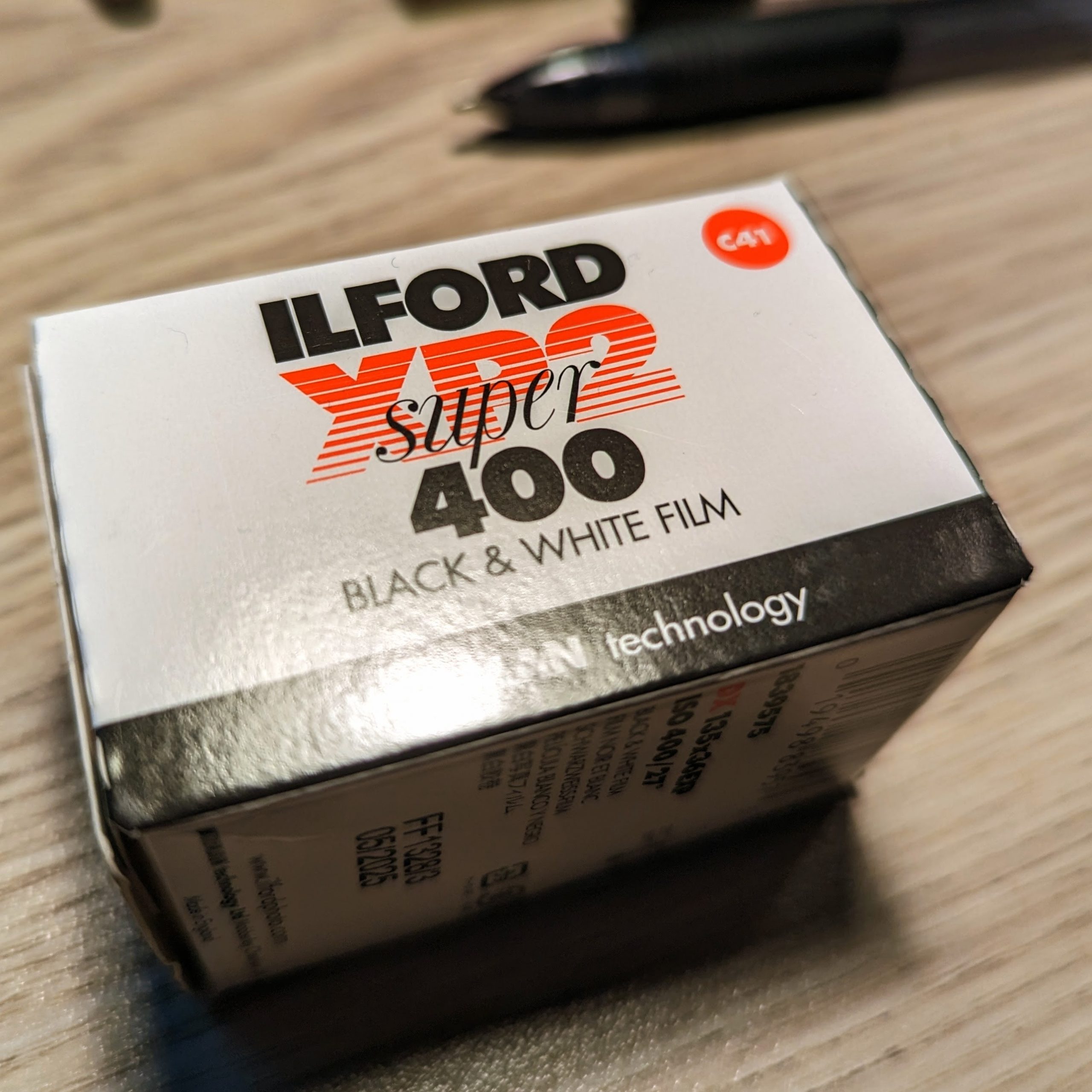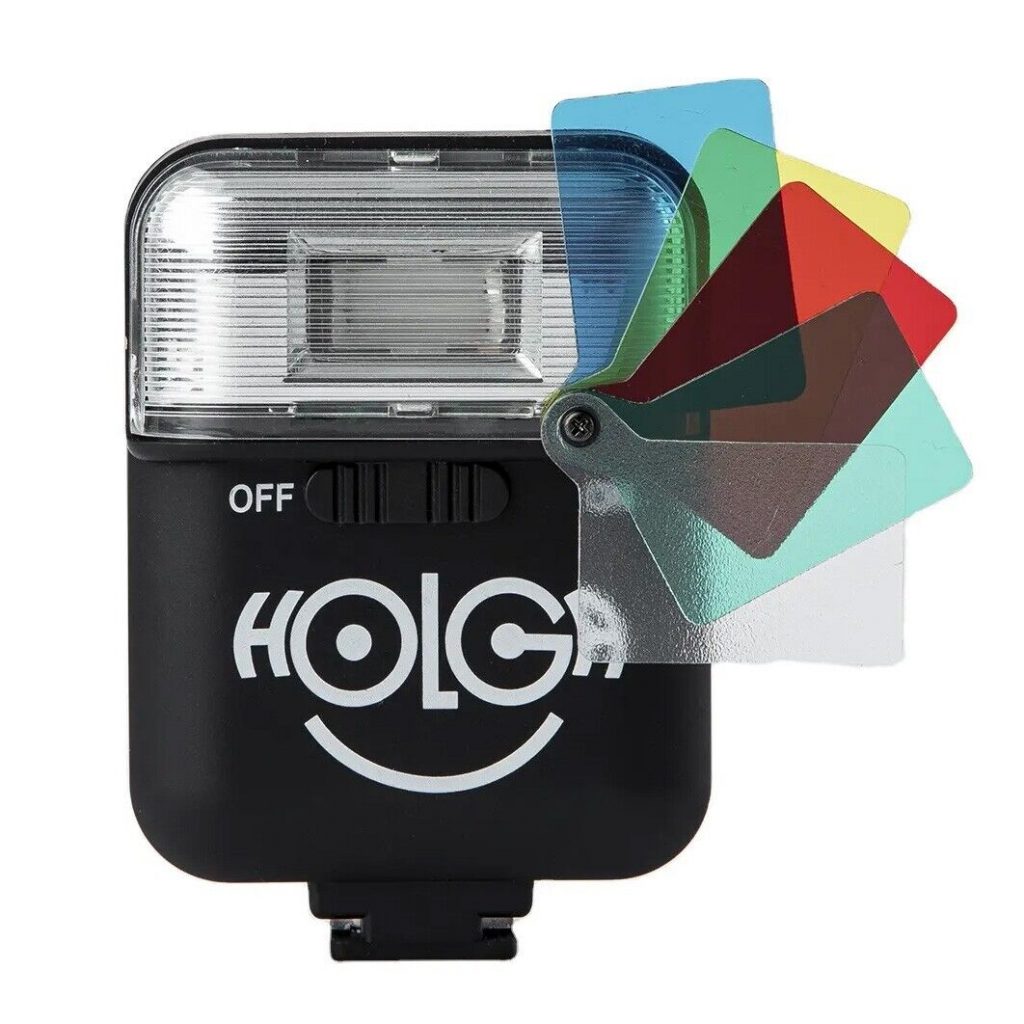A decade ago Lomography was the king of Lo-Fi. But the market in the 2020’s has seen a resurgence of plastic fantastic. And it’s against the new pretenders that the LomoApparat is aiming.
So how about a deluxe feature loaded plastic fantastic to strike back ?But is Lo-Flying brilliance or a over priced pretender ?

The Lomo Apparat markets itself as a cut above the current crop of Lo-Fi cameras. And that’s entirely sensible. They are legion with dubblefilm show clones under Ilford, Harman, Agfaphoto as well as 3 Kodak branded variants. Let alone the countless unbranded/no brand version or different models like the LensFayre Snap LF-35M .
Plus there has been a resurgence of the legendary VUWS in Reto and Jelly Lens branding. And that’s before we even get onto the reloadable disposable. And Holga is back challenging the Diana F+ for 120 lo-fi dominance once more
So those wacky Austrians gave us the Roland Garros Edition of a Lo-Fi Camera
Roland Garros ? What’s a Frenchman got to do with this ?

Not Much.
But if you drive a Peugeot this may make sense as Roland Garros is offered as a high end special edition trim level on some of their models.
You’ll find it on other cars too (you know the type – King Ranch trim on your pickup). A luxury spec that doesn’t necessarily offer you anything else other than some leather and tweaked colours
And the LomoApparat does stray into that territory.

Lo-Fi Deluxe
The LomoApparat is truly as deluxe as a Lo-Fi comes these days. It is the best put together roll film camera I’ve held for under £150 and feels more substantial than the likes of the Nous SL42. It even gives the LC-A+ a run for the money in build quality
Granted it’s mainly plastic. But boy is this the Yorkie bar version of plastic. Chucky and rigid.
At launch there is the all black one (£89 ($89USD) before postage from lomography) I have. For a tenner more you can buy the Neubau edition with it’s “real italian leather design” as below.
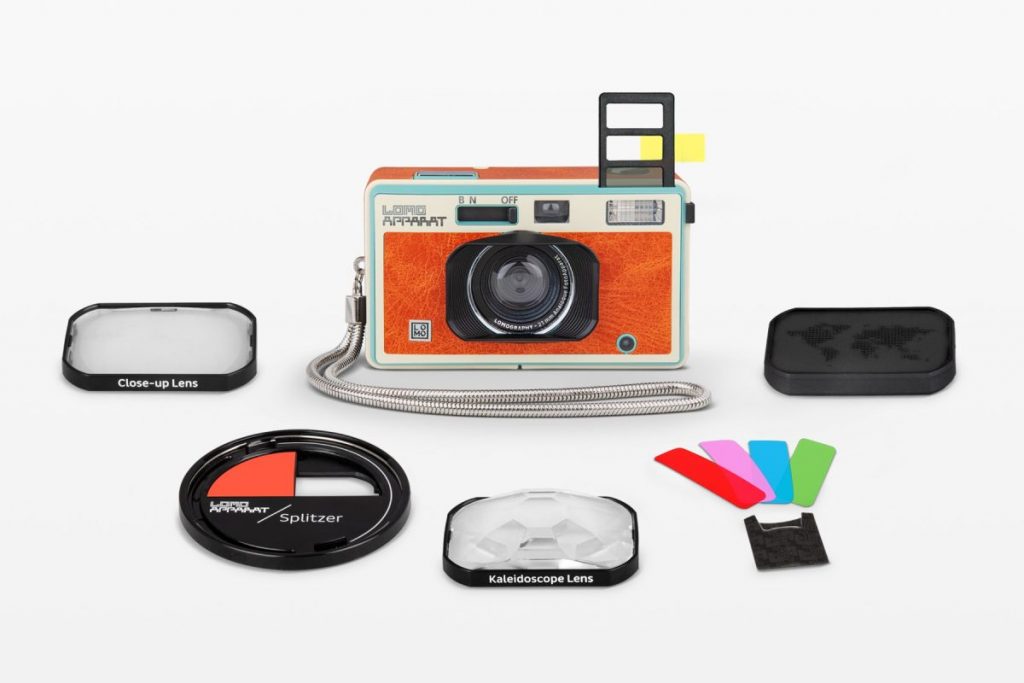
There’s very retro theme to that – think SNES meets Soviet bloc before the wall came down.
At the time of writing this Lomography launched a limitededition cream white leather one. Just a shame the LomoApparat Chiyoda ($99USD)/£99GBP), sounds a bit like a STD.
A neat touch on all is the pixelated world map on the lens cap. That is proprietary and is designed to sit on the immovable lens hood. As do the 3 provided filters (close up, splitzer and kaleidoscope).
LomoApparat Build Quality
This feels in hand a much better camera than what it shoots like. It is very well made for a plastic camera with good attention to detail
The flash has a pop up filter holder. You slide it up on the side. You can add in 2 gel filters and there is a ND filter and clear option built in. What is lux is the touch flash on/off button on the front
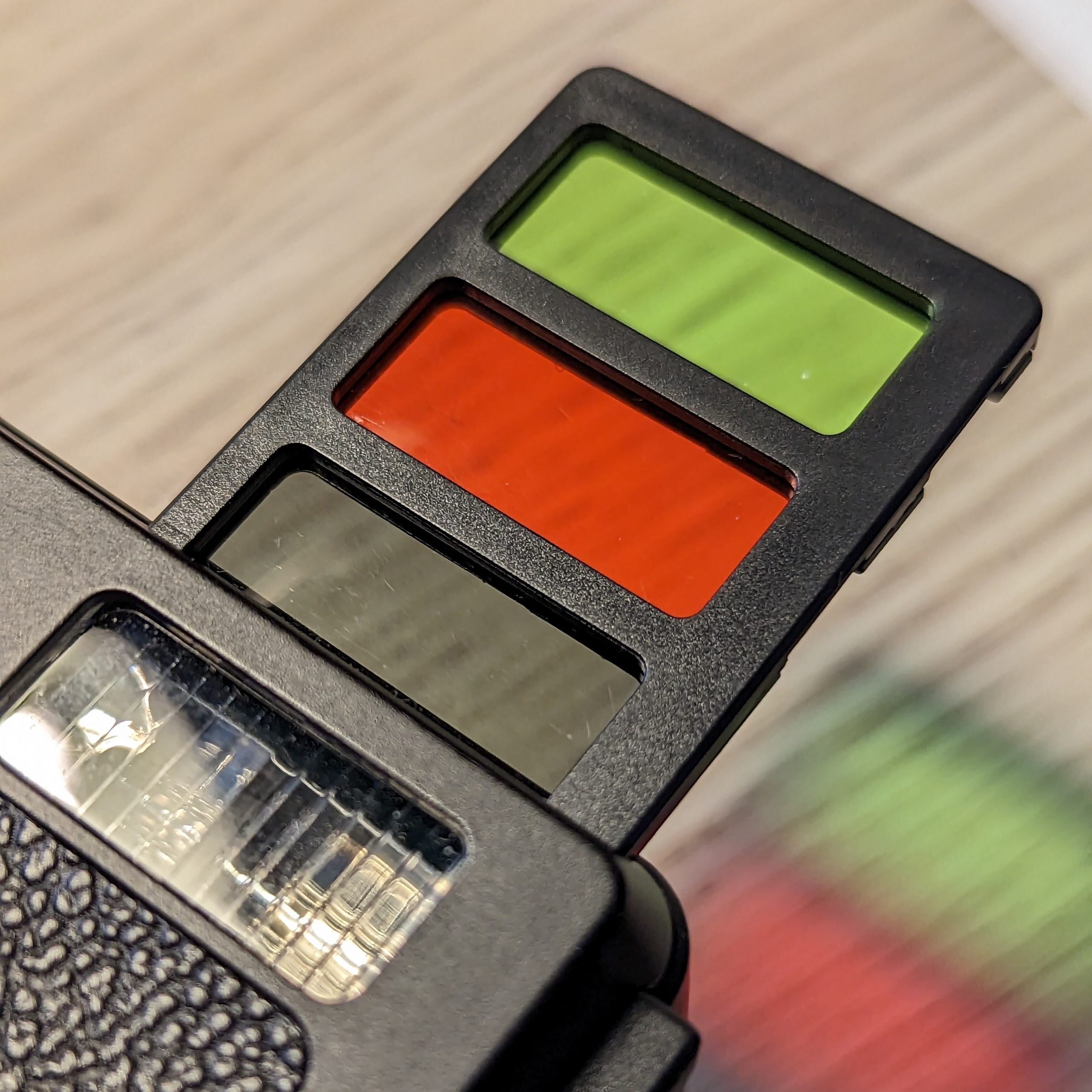
It may be solidly built although the thumb winder also feels like it uses rubber bands. I get this for the MX experience and also this camera does not have a rewind release pin.
This makes rewinding a somewhat more nerve wracking experience than it should. Oh and those flash gel filters. Wedged in Tighter than a Glasgow Bar on a Friday night. But once you get them out they start slipping out (my advice is fit the 2 you want and leave the rest at home). These take away from the premium experience.
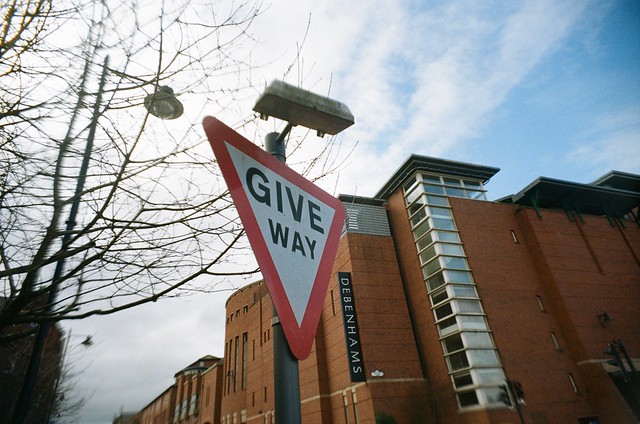
Eco Cred – Manual good – booklet bad
Like many modern camera you get the ‘eco-friendly’ downloadable manual as they “care about the environment”.
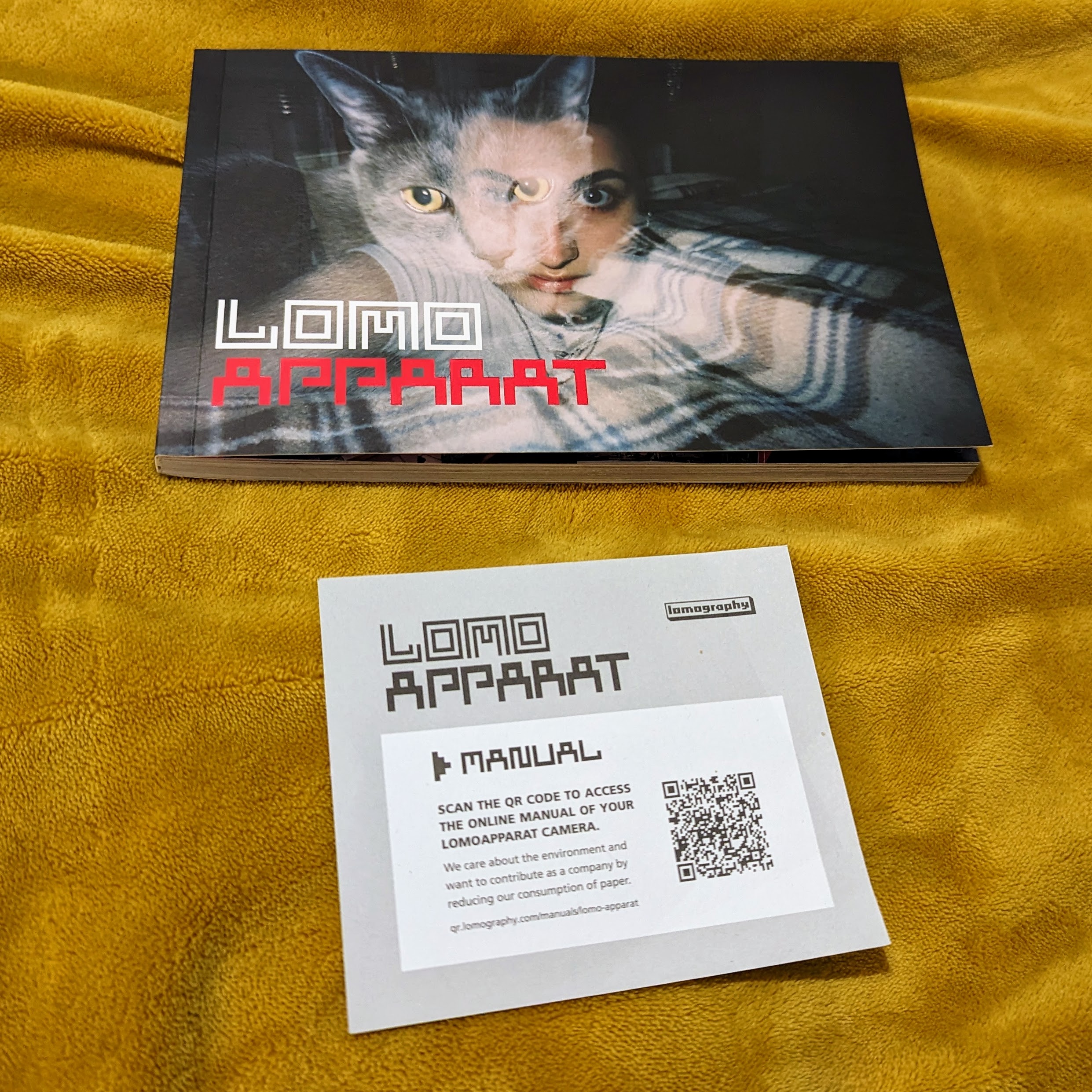
Yeah – care so much you include the inevitable forgettable coffee table book. The one that lomography give with all their cameras of other folks images. Yes, care so much with that 140+ page book of hard to degrade photo paper that will not likely be flicked at more than once and highly likely to be binned.
That’s over printing a 1 page brief manual on recycled paper. The manual is good. It ties in with the theme. And I get they didn’t want 184 page multi language version being printed.
But then we get 140 glossy pages of other folks photos – go figure.
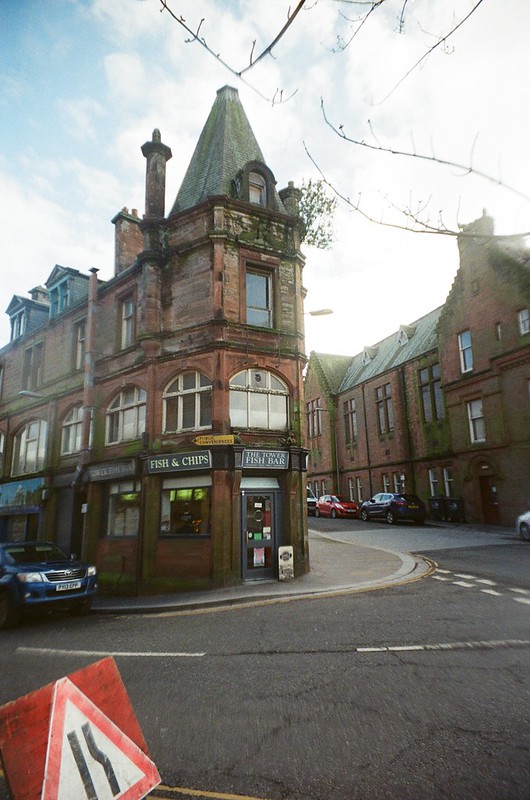
Core Features
So what we get is a camera with switchable shutter speed (1/100 or bulb). But you also get multiple exposure and other tweaks to suit the lomo crowd such as gel flash filters. It also comes with clip on lens filters (splitzer, close up and Kalidoscope)
Much has been said on its enhanced build quality and the ultra wide lens 21mm f/10. That’s (just) wider than the pack of VUWS clones. Like the VUWS there appears to be at least 2 elements as there are elements both front and rear of the shutter. The focal plane is curved as common with many basic cameras to improve focus.
It has an easy load drum for take up. Put film in and secure with the rewind wheel and pull over to the yellow mark and wind and it should catch.
There is no rewind button. The rewind process is sluggish and nerve inducing although the rewind handle is metal. Although badly angled IMHO.
The camera is fixed focus with a purported working range of 0.5m to infinity. That sounds reasonable as DoF calculators would give a 0.74 to infinity if focused to theoretical hyperfocal of 1.48m. The shutter can be switched from 1/100 sec (N) to bulb by moving the on/off switch along. Worth nothing this locks the shutter in off position, another sign of deluxing. On the rear is a switch to activate multiple exposure (MX) shooting.
Flash & Finder
The flash is powered by a single AA battery. However it is on the weedy side with a 0.5-2m coverage in the manual and in practice. Unlike many rivals having the flash on or off does not alter the fixed f/10 aperture. This is fixed exposure so choosing film for the weather will be key.
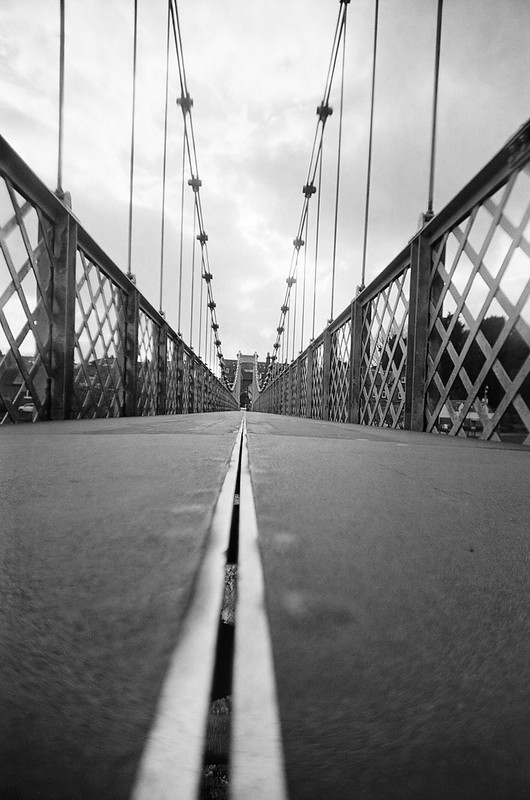
There is a simple viewfinder with an odd circular mask. The flash ready is not shown in finder or around it (only on the front).
Other Bits & Accessories
Credit to lomography, this might be another plastic brick. But it looks quite different to it’s rivals. And even the budget Lomography stablemates like the Diana Mini or La Sardina cameras
There is robust tripod mount. Sounds great for the B shutter mode. But made pointless by the lack of cable release or a self timer. The battery is secured behind an impressive coin lock door like the button battery doors you get on vintage SLR.
What is neat is the flash control. There is multicoloured LED button on front which you press to turn the flash off or on. It’s on by default.
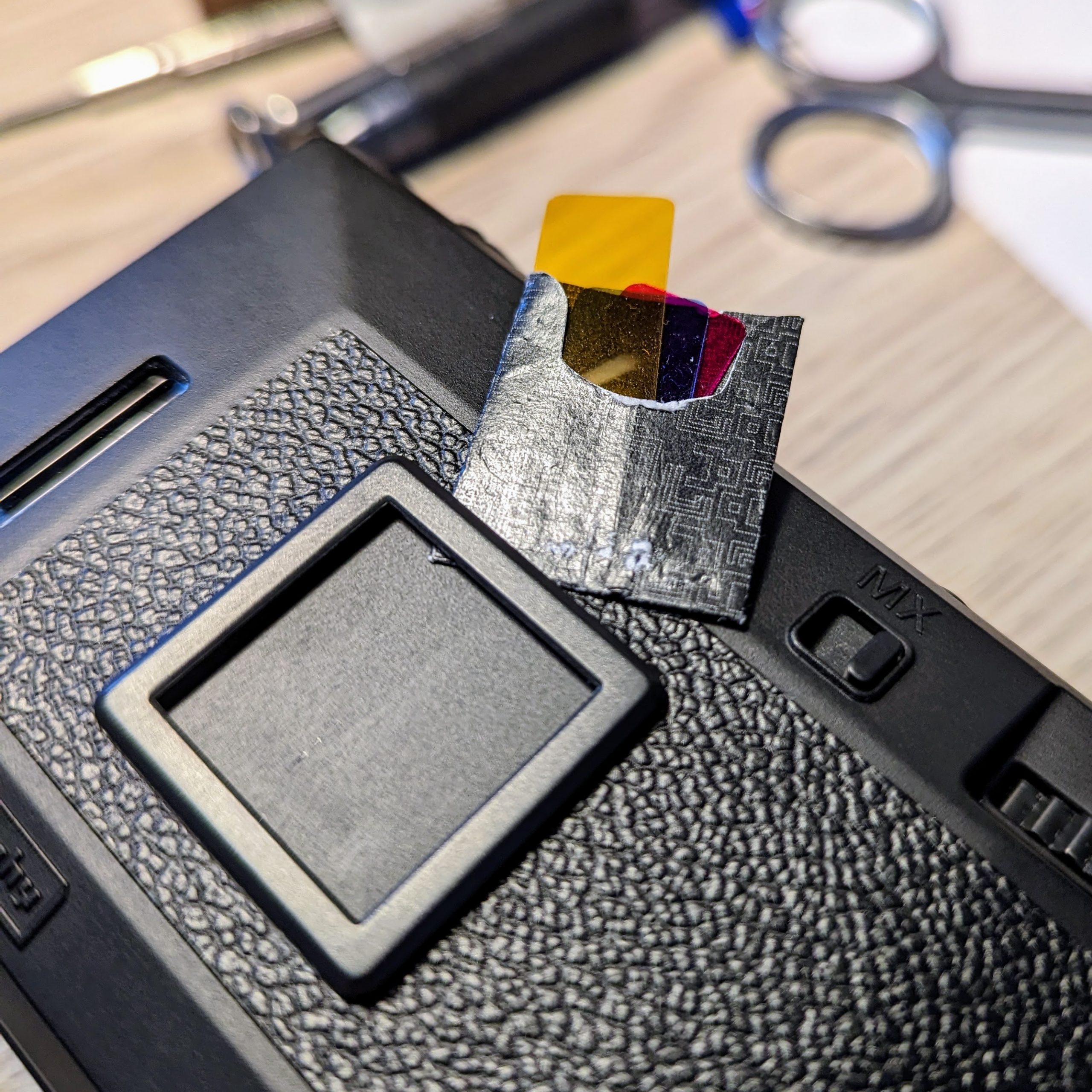
A slider allows you to move up between 4 flash filter settings. I say 4 as you can only change 2. The bottom clear filter and the next up ND filter are not changeable. You get 5 gel filters (yellow, green, blue and 2 different reds).
LomoApparat Results

Ignoring the fancy accessories to start with this camera performs as expected. In that you certainly get quite characteristic Lo-FI images.
In some ways, it is similar to the VUWS clones. Sharp centrally but falls off to the corners and edges. It’s just the VUWS is that bit sharper and fall off is not quite as pronounced. Happiest in the 1-15m range but only a little fall off in longer shots.
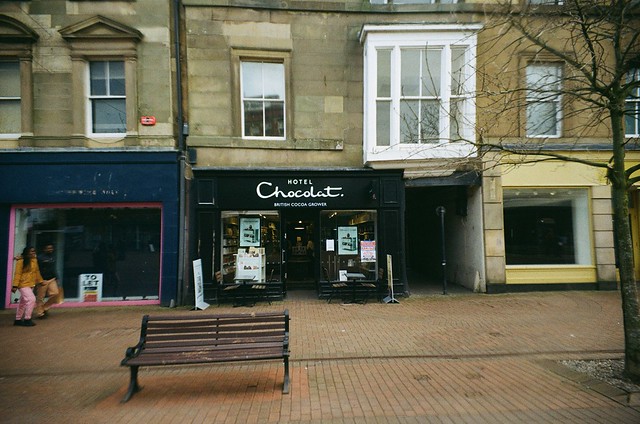
It radial distorts heavily with pincushion distortion. IMHO probably chromatically abberates less than the VUWS though. There is flare too and potential
It is easy to get your thumb in the way. Don’t assume the lens hood is a helpful guide you still get your digits in the way.
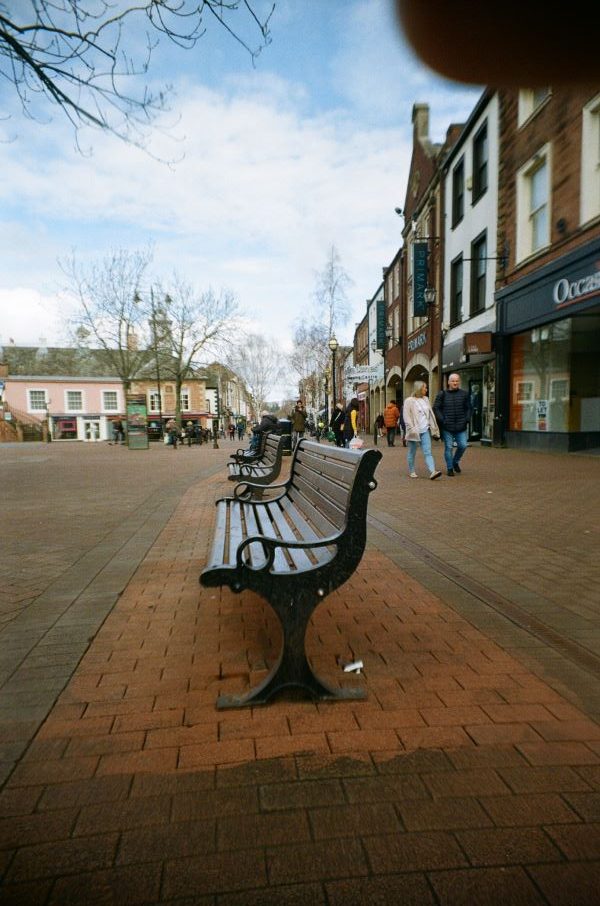
No so Jumping Jack Flash
Flash is underwhelming with even 400 ISO. It’s okay close up but with a reach of a mere couple of metres it is a weak point. In Hindsight I wish they’d just fitted a flash mount point. But I get they were aiming to luxe the Dubblefilm Show crowd. The flash works best for head shots and I guess with filters gears for that party vibe.

The filters work as they should. The close up one is underwhelming but the rest deliver.
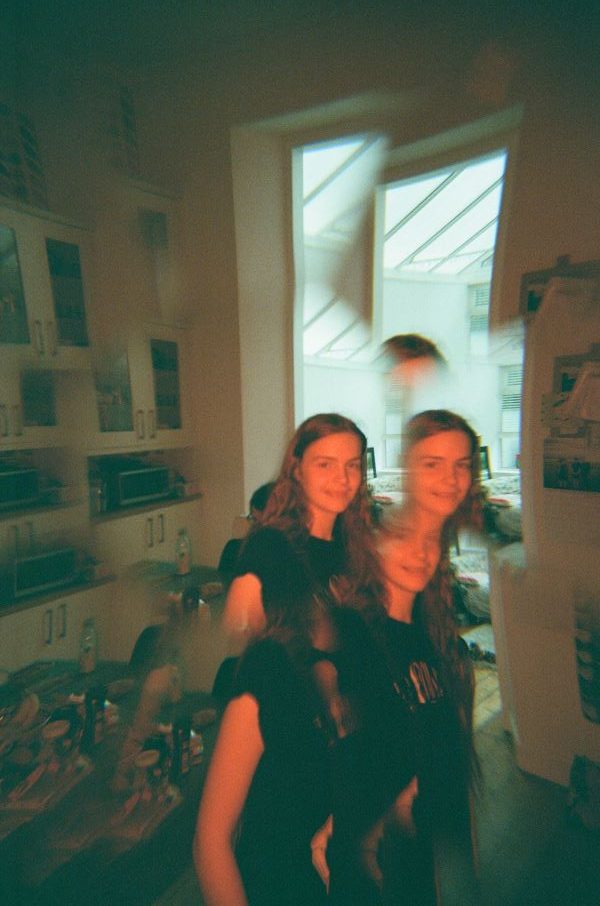
Film recommendations for Lo-Fi-
AKA The game of Shadows
This is a fixed exposure camera with a theoretic EV of 13.3 using 100 ISO film. That’s bright daylight between hazy or some clouds. So using 100-200 ISO film on very bright days make sense when you can see shadows. but will be less useful when the shadows go.
On duller days go for 400 ISO. Actually overall I’d recommend a wide latitude 400 ISO negative film in any condition. Good choices include Ilford XP2 (B&W C-41) and Kodak Ultra (max) 400.
The LomoApparat’s Quality Street issue

So without doubt you are getting a camera with more features and (bar the winder) better build quality than any of the VUWS & Dubblefilm Show clones and rivals. But…
These are much cheaper. At the time of typing Urban Outfitters were selling the red version of the Agfaphoto analogue (Dubblefilim Show clone) for as little as £16. That’s insanely good although you can find new versions on the Bay for about £20.
But what about all the accessories. Well do you have a sweet tooth.
For a few quid , some happy kids but the perennial problem of what to do with the coconut eclairs you could by a box of quality street (or equivalent boxed wrapped chocolates). Instant gel covers for your flash (and lens) and happy kids.
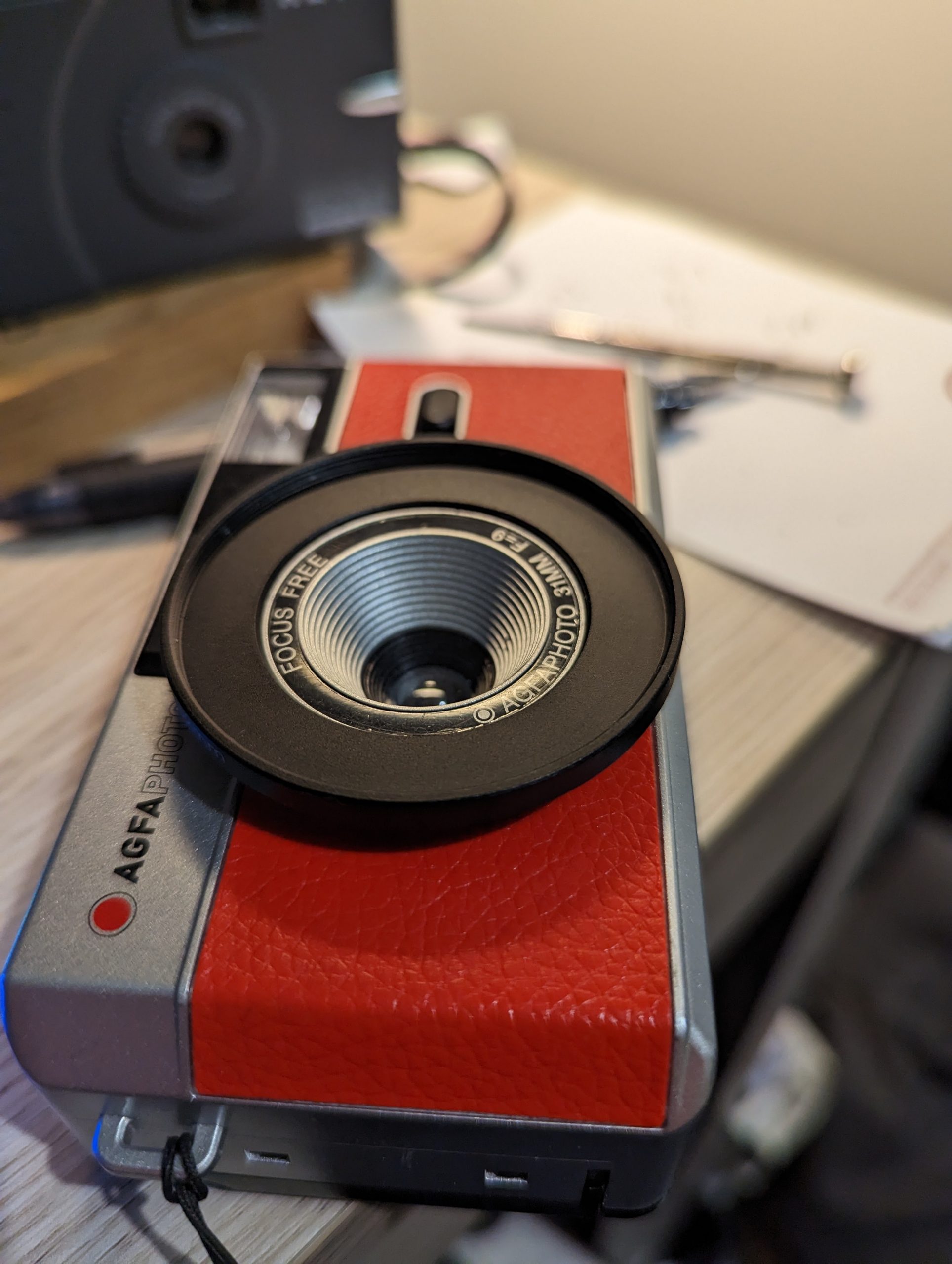
Stepping down cost
Ramming on/securing a step ring may be possible too to some of these too or holding a filter over the lens. A Kaleidoscope filter can be sourced for less than a tenner. Splitzer like caps can be sourced but you DIY with an old UV filter as Mihály Alagi explained on Shoot it with film. Close up filter could be used too but I suspect that would involved some trial and error as you can’t focus these camera
But multiple exposure is an issue however. Most of the budget camera require film to actually wind on to cock the shutter. That said you can rewind a little after a shot and pray your frame lines up (or wind on to cock then rewind)
But there is a camera on sale you can ignore all of the above and do the same.
The H Bomb
Now the Holga 135BC is back and can be found at millennial central aka Urban Outfitters. Quirky lens ? Check. Bulb mode ? Check. Filter Capability ? Check.
And whilst it has no flash in the box you can use any flash you want or buy a £15 new Holga unit. And the camera has a cable release point and a questionable focus.I t is plasticky ++ and has a poor build reputation. But that said although Holga build quality is infamous – I own 3 (135BC, 120N and 120GCFN) that work and don’t light leak.
Final thoughts on the LomoApparat.

Look there is a lot to like here for a Lo-FI shooter. This is not the best clinical camera in the world nor does it set out to rival the likes of the Leica M6. It is gunning for the Lo-Fi crown.
And there is a lot to like. For lomography, impressive build quality. It comes with crowd pleasing accessories. and it has a quirky Lo-Fi Image. And it is well stylised and the flash on/off button is just heaven.
But…
It is twice the price of a VUWS clone. Granted a VUWS lacks the flash, filters etc. But you can add the latter and the former is not impossible….. And it takes slightly better images whilst still being quirky
And the LomoApparat misses some easy goals. Having a B mode and quality tripod mount is ruined by the lack of cable release. The flash is too weedy. And the pointless coffee table book blows the claimed eco cred out of the water.
That price and those weaknesses are issues. I would like recommend a much cheaper VUWS or Dubblefilm Clone to someone wanting to try out a new Lo-fi camera. Both can be had for about £30. And the Holga 135BC has heritage and can offer more than the LomoApparat as well as straighten out the flaws.
But this is well built and still a pleasure to use. If you like Lo-Fi cameras this is a Luxe model. Granted it won’t outshoot cheaper rivals but it feels quality.

Other Sources/Reviews of the LomoApparat
Lomography sell the camera direct but you can buy from more closer usual suspects. It has been reviewed by big media like PC Mag and FStoppers. But reviews on Emulsive and Honeycombers are probably more helpful. Especially if you intend to use this for party shooting.

